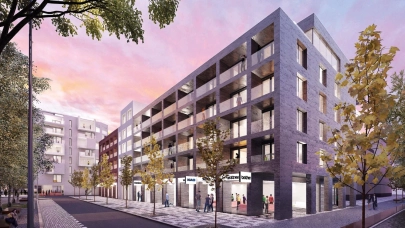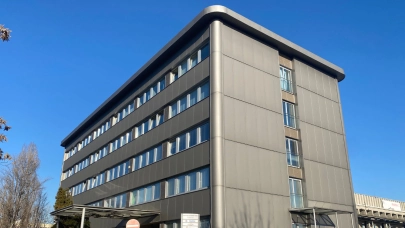
The future of work will be agile, flexible, and hybrid, says a new report by HB Reavis. According to “The Future of Work”, simply offering a split between at-home and in-office work is no longer enough. Increasing productivity and employee wellbeing is all about the digital experience, and 2020 has brought a new understanding of what the workplace should look like to both employers and employees.
Research by HB Reavis identified four major trends affecting the future of the workplace:
- Hybrid working will become the norm. Both employers and employees expect to adopt a mix of at-home and in-office working.
- Technology will play a greater role in boosting employee performance. Data will power the new digital experience.
- Flexibility will be key to success and will result in even more agile setups. Corporate agility will extend to office leasing and will drive even greater efficiencies through technology.
- Health and wellbeing will be of paramount importance. Employee wellbeing will be at the heart of the modern digital work experience and will be what employers are judged upon in the future.
New considerations for corporate success
The four megatrends are split into emotive and corporate drivers. Emotive drivers describing how employees feel about the future workplace, and corporate drivers describing the financial factors influencing employers’ choices for it. While separate considerations, businesses must look at both carefully if they are to build the digital experiences needed in the workspace of the future.
Some employers may be more immediately concerned with the corporate drivers. After all, hybrid working models and increasing agility will be essential in the immediate return to the office. But while the future of work is clearly hybrid – and reliant on business agility – these emotive trends will equally dictate the success of companies in the beginning of 2021 and onwards.
Employees need to feel safe if they are to perform well and drive productivity. And to enjoy the further benefits to employee retention, recruitment and advocacy, their feelings about the workplace must be at the forefront of corporate decision making. After all, companies and buildings are made up of individuals and to neglect them is to neglect the business itself.
An opportunity to strengthen business
With this in mind, employers who react to both drivers will reap the biggest benefits in terms of performance and business growth. This new model built around the employee experience will be one that requires flexibility, granular insights into the workspace, and proactively ensures that employees are safe and healthy.
The 2021 workspace will be one where employees have information and control. Information on their surroundings – temperature, light, noise, occupancy, and so on – and control over it. To meet this benchmark, technology is critical. This means employers cannot just consider how isolated deployments will address these individual trends but how a suite of solutions can be used to create an employee-centric environment.
The future of work is now
This experience will not reinvent how employees interact with their workspace but complement their existing processes. This will enable them to take the parts they enjoy from the home office and bring those into the future workspace for a unique and tailored experience. And these experiences will be supported by data-driven insights that qualify and quantify these preferences, making them actionable for the business.
This vision of the workspace will encompass the building itself. Employers will need control over the building, with flexibility in their leases that allows them to adapt to these trends over time. Ultimately, the benefits felt at the employee level should be shared at the corporate one too so that people are always put first.



